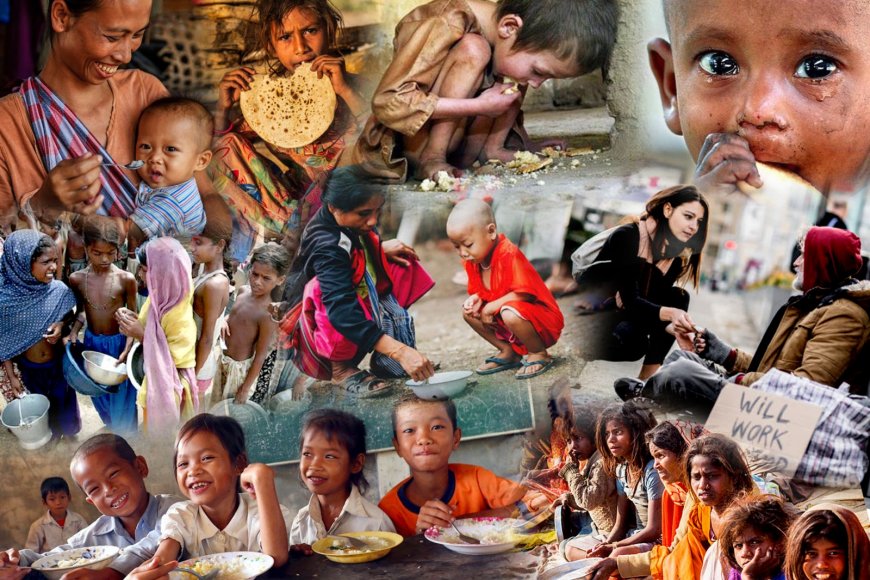No country spared from food shortage

Your portal servedplanet.com understands how food insecurity is a major challenge facing many countries and regions around the world. We will keep you posted about the latest situation on this grim front and also the breakthroughs which help and generate hope.
The United Nations defines food insecurity as the lack of access to sufficient, safe, and nutritious food to meet the dietary needs and food preferences for an active and healthy life. Here are some of the worst affected countries and regions in terms of food insecurity:
1. Sub-Saharan Africa: This region is one of the worst affected by food insecurity, with an estimated 256 million people experiencing hunger and malnutrition. Conflicts, climate change, and economic instability are some of the factors contributing to food insecurity in the region.
2. Yemen: Yemen is currently experiencing one of the world’s worst humanitarian crises, with millions of people facing severe food shortages. The on-going conflict in the country, combined with economic instability and COVID-19 pandemic exacerbated the food crisis.
3. Syria: The armed conflict raging in Syria has resulted in widespread displacement, economic instability and food shortages. According to the World Food Programme, over 9.3 million people in Syria are battling food shortage.
4. Afghanistan: Afghanistan is another country facing severe food insecurity, with an estimated 18 million people in need of humanitarian assistance. Conflict, drought, and economic instability are some of the factors contributing to the food crisis in the country.
5. Haiti: Haiti is one of the poorest countries in the Western Hemisphere, and over half of the population is currently experiencing food insecurity. Natural disasters, economic instability and political unrest have all contributed to the food crisis in Haiti.
Somalia and Ethiopia are also countries that are severely affected by food insecurity. In Somalia, conflict, climate shocks, and desert locust infestations have all contributed to the food crisis. In Ethiopia, droughts, floods, and conflict have all led to food insecurity, with an estimated 8.3 million people in need of humanitarian assistance.
Western world: While food insecurity is generally lower here compared to developing countries, it is still a significant problem in some regions.
In the United States, for example, an estimated 1 in 8 households experience food insecurity, with disproportionately high rates among communities of color and low-income households.
In Canada, an estimated 1 in 7 households experience food insecurity, with Indigenous communities and households headed by single mothers facing particularly high rates of food insecurity.
In South America, Venezuela is currently experiencing a severe food crisis, with an estimated 9.3 million people facing food shortages and malnutrition. Economic instability, political unrest, and sanctions have all contributed to the food crisis in Venezuela.
In Brazil, poverty and inequality have led to significant levels of food insecurity, particularly in rural and Indigenous communities.
The causes of food insecurity vary by region. Some of the primary factors contributing to food insecurity include poverty, conflict, climate change, natural disasters, and economic instability. A multi-faceted approach that involves investing in agriculture and food systems, promoting sustainable development, improving access to education and healthcare, and addressing political and economic instability is imperative to tackle food insecurity.
What's Your Reaction?












































